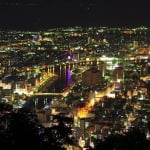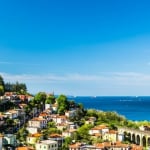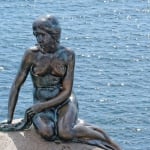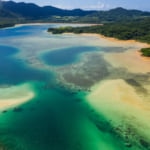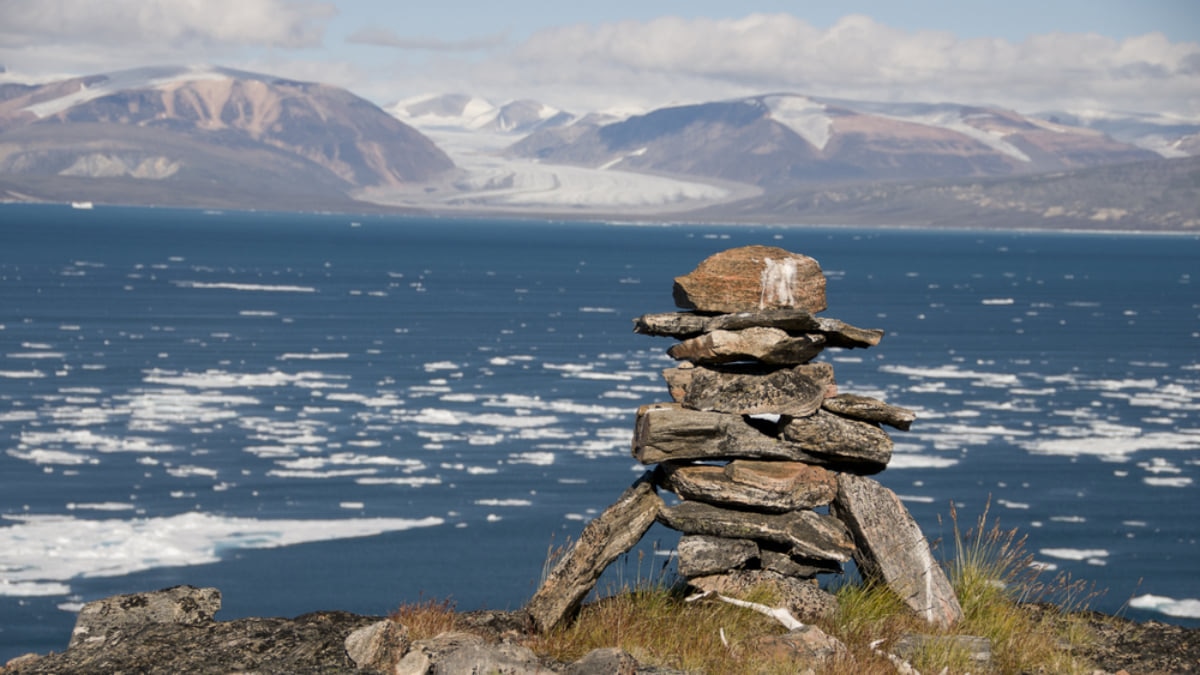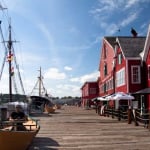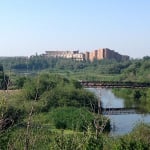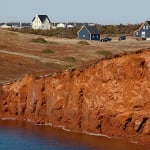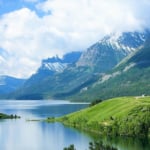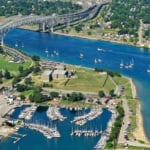Nunavut, the name of Canada's newest territory, is a word meaning 'Our Land' in the native Inuktitut language. The land is vast, covered with icy tundra, immense glaciers and breathtaking wilderness. A land of extremes, Nunavut also experiences the coldest temperatures in the country, with short summers and long winters. The local Inuit people have lived here for over 4,000 years, and continue to make up the majority of the population. Many people flock to this remote territory to see the Northern Lights and experience the midnight sun, an Arctic phenomenon that must be seen to be believed.
table of contents
[x] close
A Visitor’s Guide to Nunavut, Canada’s True North
The History of Nunavut

Photo by Kevin Xu Photography/Shutterstock
Formerly part of Canada's Northwest Territories, Nunavut separated and was officially formed in 1991, but the work behind this monumental achievement was years in the making. In the 1950s, the federal government considered dividing the Northwest Territories along racial lines, and even enacted legislation to do so in 1963. Their attempt was unsuccessful, however, and by the 1970s, discussions regarding the Inuit's legal right to the land were underway. In 1982, the people of the Northwest Territories were formally polled on the matter of dividing the region, and an overwhelming majority voted in favor of the split. A legally binding conditional agreement was issued, and the hard work began to make the dream of 'Our Land' a reality.
The land claims agreement was finished in 1992 between the the federal government and the legal representative body of the Inuit, now known as the Inuit Tapirisat Kanatami. The following year, the Canadian Parliament passed the Nunavut Land Claims Agreement Act and the Nunavut Act, legally handing over the land rights and responsibility of governance to the Inuit. Iqaluit ('Place of Many Fish'), formerly known as Frobisher Bay, was chosen as the territory's new capital, and Nunavut became an official territory of Canada on April 1st of 1999.
Nunavut Cuisine
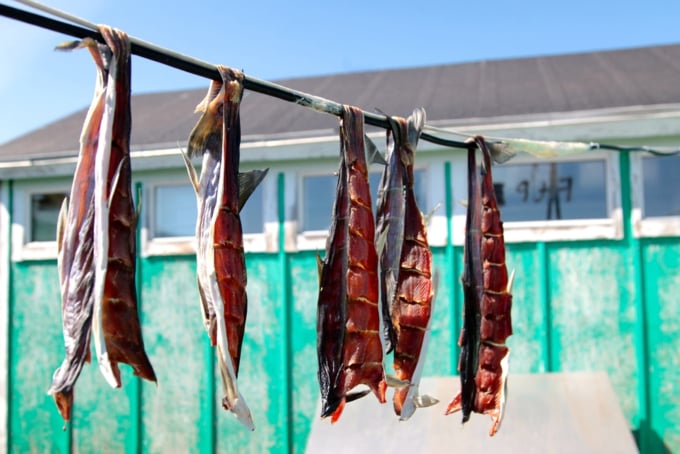
Photo by Chris Christophersen/Shutterstock
The traditional Inuit diet is high in fat and animal protein, and herbs, berries and roots are also foraged depending on the season. When available, seals, beluga and whales are typically eaten raw, though underground fermentation techniques to preserve food supplies are also traditional. A classic example of Inuit cuisine is akutaq, a mixture of berries and fat, typically the blubber of seals or whales. Although it is nutritious and simple to prepare, Inuit cuisine is uncommon in Iqaluit, as subsistence hunting is at odds with population density.
Today, the Inuit diet more closely resembles a typical western diet, although there are only a couple of grocery stores in the capital city of Iqaluit, and the city's remote location means these are, for the most part, prohibitively expensive. Packaged and non-perishable foodstuffs are highly sought after, as the city's supply is limited due do its location. That noted, eateries and restaurants in the capital city of Iqaluit resemble other Canadian cities: a mashup of international flavors, with everything from pizza and pancakes to poutine and hot dogs on the menu, though are generally more expensive than their southern cousins.
Nunavut Weather
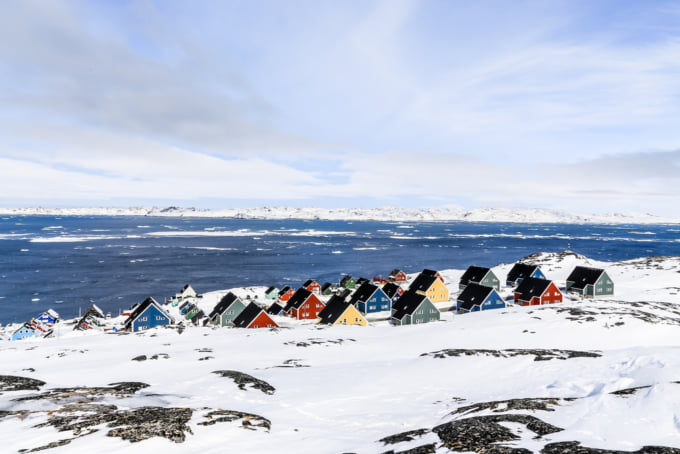
Photo by Vadim Nefedoff/Shutterstock
Nunavut's Ellesmere Island has the lowest annual temperatures in Canada. From mid-April to the end of August, the sun continues to hover above the horizon - a phenomenon known as the midnight sun. From October to February, Eureka sees no sun at all. This is the extreme end of the Canadian Arctic, however, and not all of Nunavut's towns are quite so harsh.
Iqaluit has long, bitter winters with about four hours of sunlight per day, and short, wet summers, where the sun can stay up for over twenty hours at a time. From December to March, the temperature has been known to drop below sixty degrees with the wind chill, though the thermometer reads minus forty. From October to April, the Aurora Borealis, also known as the Northern Lights or 'Aqsarniit' in the local Inuktitut language, is visible from anywhere in the city.
Nunavut's Top Attractions
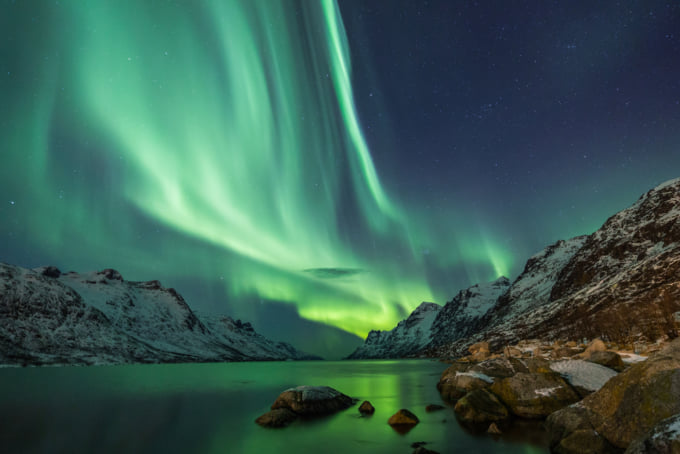
Photo by Jamen Percy/Shutterstock
Nunavut is not for the faint of heart. It's for the extremist, the outdoor enthusiast and the cultural explorer. The top attraction in the icy territory is viewing the Aurora Borealis, a summer phenomenon that is only visible in the far north of Earth's northern hemisphere. The best time to view the Northern Lights in Nunavut is from October to February, which also happens to be the coldest time of the year. Outdoor sports like dog sledding and ice fishing are also popular. Arctic wildlife tours can be enjoyed at any time of year, while the short Arctic summers offer a unique look at the resilience of nature. When the cold is too much, Iqaluit's many art and culture museums, like the Nunatta Sunakkutaangit, are a great place to take cover.
Access to Canada's North
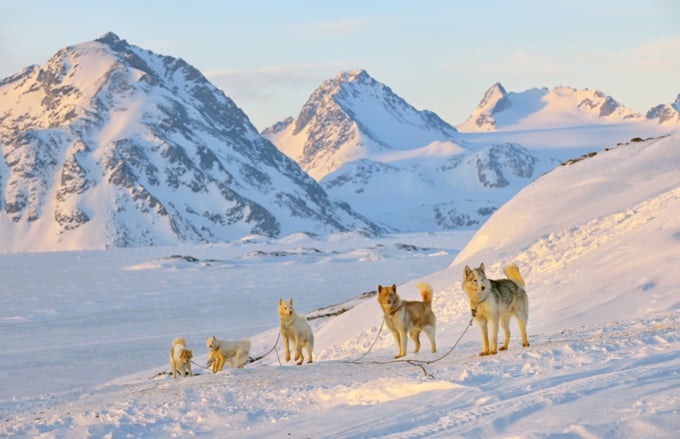
Photo by mady70/Shutterstock
There are no roads connecting Nunavut to the rest of Canada, and Nunavut's communities are not linked by roads, either. To travel long distances, plane is the most common form of transportation. Montreal, Ottawa, Winnipeg and Edmonton offer flights to Nunavut, many daily.
In Conclusion
Nunavut is a harsh and fascinating territory that few people ever get the chance to see. Due to its remote location and challenging climate, modern conveniences so common south of the territories can be expensive or hard to come by. Despite this, the Inuit people are renown for their resilient nature and ancient culture, which many people experience through native arts, crafts and clothing. A visit to Nunavut, Canada's true north, is a holiday that won't soon be forgotten.
